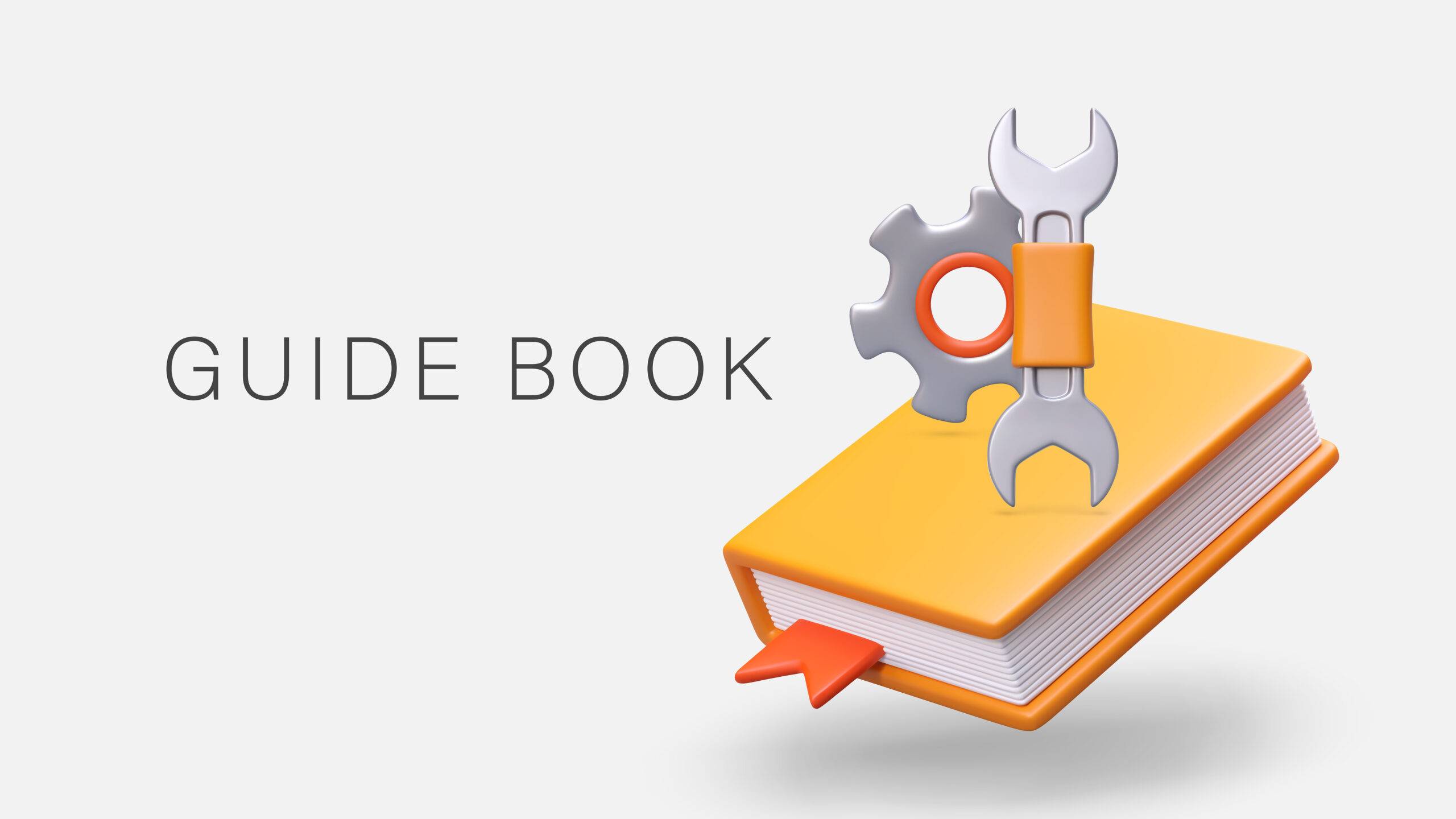Self-Study
Business Combinations and Consolidations
Get expert guidance on business combinations and consolidations for acquisition method, equity method, and goodwill accounting. Learn to report for complex mergers and enhance financial integration processes.

$87.00 – $107.00
Webcasts are available for viewing Monday – Saturday, 8am – 8pm ET.
Without FlexCast, you must start with enough time to finish. (1 Hr/Credit)
Please fill out the form below and we will reach out as soon as possible.
CPE Credits
3 Credits: Accounting
Course Level
Overview
Format
Self-Study
Course Description
Business Combinations and Consolidations provides an in-depth exploration of accounting for business combinations and consolidations, offering significant features like detailed guidance on the acquisition method, equity method, and goodwill accounting. This business combinations and consolidations accounting CPE course will review complex transactions such as business mergers and acquisitions. Our course will teach participants the skills required to accurately account for and integrate the financial operations of merged entities. Participants in the course can expect to have a clearer understanding and greater confidence in handling the accounting intricacies of business combinations and consolidations.
Learning Objectives
Upon successful completion of this course, participants will be able to:
Chapter 1
- Identify the circumstances under which step and reverse acquisitions occur.
Chapter 2
- Specify the calculations required to determine the amount of ownership in an investee under the equity method.
Chapter 3
- Recognize the situations in which impairment testing is to be conducted, and when goodwill amortization can be used.
Chapter 4
- Identify the situations in which a controlling financial interest cannot be determined, as well as the types of eliminations used when conducting a consolidation.
- Recognize when financial statements are considered to be special-use.
Chapter 5
- Recognize the actions needed to centralize accounting activities following a business combination.
Course Specifics
1183412
October 19, 2022
There are no prerequisites.
None
82
Compliance Information
CMA Notice: Western CPE makes every attempt to maintain our CMA CPE library, to ensure a course meets your continuing education requirements please visit Insitute of Management Accountants (IMA)
CFP Notice: Not all courses that qualify for CFP® credit are registered by Western CPE. If a course does not have a CFP registration number in the compliance section, the continuing education will need to be individually reported with the CFP Board. For more information on the reporting process, required documentation, processing fee, etc., contact the CFP Board. CFP Professionals must take each course in it’s entirety, the CFP Board DOES NOT accept partial credits for courses.
Meet The Experts

Steven M. Bragg, CPA, is a full-time book and course author who has written more than 300 business books and courses. He provides Western CPE with self-study courses in the areas of accounting and finance, with an emphasis on the practical application of accounting standards and management techniques. A sampling of his courses include the The New Controller Guidebook, The GAAP Guidebook, Accountants’ Guidebook, and Closing the Books: An Accountant’s Guide. He also manages the Accounting Best Practices podcast. Steven has been the CFO or controller of both public and private companies and has been a consulting manager with Ernst & Young and …
Related Courses
-
 Accounting
Accounting
Accountants’ Guidebook
Steven M. Bragg, CPA QAS Self-Study
Credits: 30 $600.00
QAS Self-Study
Credits: 30 $600.00$600.00 – $640.00
-
 Accounting
Accounting
Accounting Fraud: Recent Cases
Joseph Helstrom, CPA QAS Self-Study
Credits: 1 $29.00
QAS Self-Study
Credits: 1 $29.00$29.00 – $49.00
-
 Accounting
Accounting
GAAP Guidebook
Steven M. Bragg, CPA QAS Self-Study
Credits: 29 $580.00
QAS Self-Study
Credits: 29 $580.00$580.00 – $620.00
